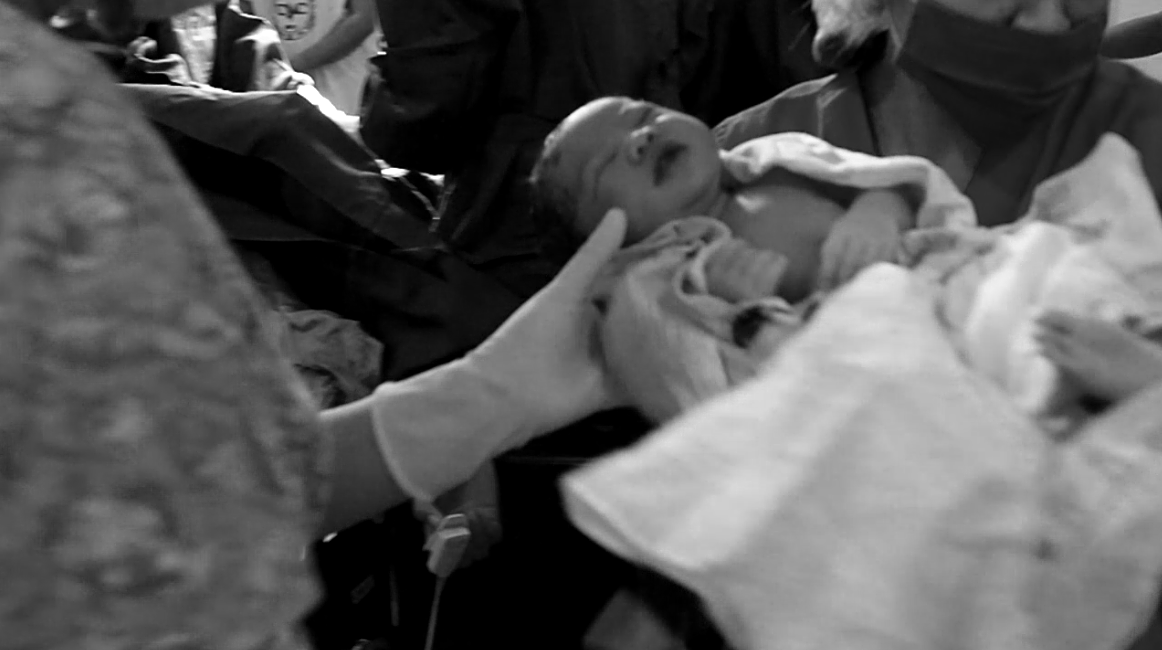A real rundown of what went inside the mind of a first-time mother while she was giving birth to her son, as told to INQUIRER.net. The texts in gray indicate the procedure/things happening to provide context to the mother’s thoughts.
- The dilation has begun, which sends her pain in wave-like forms, occurring in three-minute intervals and lasting approximately a minute. Mom, where are you? I need you.
- She starts to feel pain in her abdominal area. I’m scared. But I’m excited. God, my emotions are killing me.
- The pain starts to intensify. Ouch…this pain is one hundred times worse than my menstrual cramps.
- The pain, similar to dysmenorrhea but worse, continues to intensify. Okay, I think I can do this. I’ve studied this; I think I can make it through this. This should be over in an hour.
- The doctor performs routine Internal Exam to determine how big the dilation is. The doctor’s fingers inside me are so uncomfortable.
- She suddenly remembers she hasn’t eaten yet. And now I’m hungry. I haven’t eaten anything. Why is this taking so long?
- The doctors declare she is fully dilated. Medical staff now wheel her in to the delivery room. This is definitely taking too long. Everything in me hurts already.
- She soon enters the pushing stage, which spreads the pain to her rectum area like there’s a need to make bowel movement, making her think she needs to defecate. Wait, I think I need to poop. I’m hungry and I also want to poop.
- In the pushing stage, the baby’s head makes its slow descent into the vaginal area, which adds more pressure to the rectum area and creates more painful contractions. Somebody help me. Please.
- A staff hooks her to a contraction-monitoring machine. The contractions feel like massive earthquakes inside me. I’m scared.
- The intensity of her contractions suddenly sends her mind into overdrive and her senses into full throttle. What are the people outside doing right now? Can somebody please help me?
- She gets a peek at the monitoring machine and sees the waveforms starting to pick up traction again. Oh no, the waveforms are peaking again. Give me anything to ease the pain.
- She soon enters the crowning stage, when the birth canal is fully dilated and the baby’s head is already visible. I think I’m going to die. The pain in my lower body is reaching extreme levels already! Something inside me is tearing apart!
- The doctors instruct her to push. Doctor, I don’t know how to push. It’s not working for me. I’m tired; the pain is too much.
- The doctors, sensing she’s having trouble pushing the baby out, try to help by pushing her stomach. By this time she has been crying on and off for 10 hours already. Doctor, please don’t push my stomach. It hurts a lot.
- The doctors perform an episiotomy on her–an incision between the vagina and the rectum, to widen the opening and ease the delivery but she doesn’t feel this anymore due to the more painful contractions she’s still experiencing. They pull the baby out successfully. It still hurts. When will this end?
- Some of the pressure is relieved after the baby comes out. I think I’m slowly gaining energy again…
- The delivery of the placenta follows immediately. Wait, there’s still something coming out.
- The pain is not over but has considerably subsided that she is able to breathe normally. Is it over?
- She hears her baby cry. Is that my baby?
- They place her baby on her chest for a few minutes to establish a bond between them, then takes the baby out to perform tests. Lord, thank you. He is a beautiful baby. I can sleep now.
The pain levels vary amongst women giving birth but one thing is for certain: mothers are subjected to one of the most painful processes known to mankind, but they will gladly go through it to celebrate life. That’s why everyday should be mother’s day! To drive home a point, watch this video and remember what your mom went through to have you in this world. Now go hug her, and tell her “thank you.”
MOST READ
LATEST STORIES
